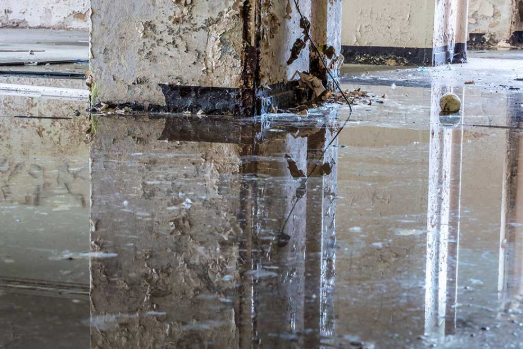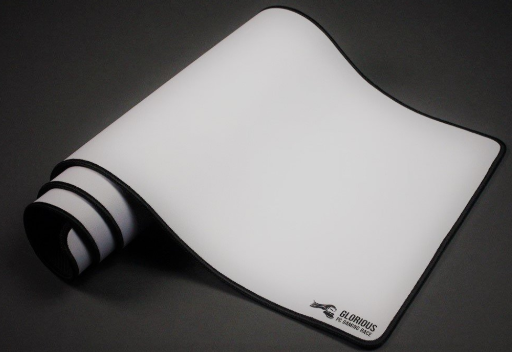
Water damage is a common problem in most residential buildings and its effects are most common in older buildings. It can happen due to a number of different reasons including the most obvious reasons such as flooding, heavy rains, water storage breakdown, leakage, standing water in basement, etc. However, there are various other reasons that are not apparent to the people, which are responsible for gradual and serious damage to the building. One of the major issues in dealing with water damage is that most people are not able to detect the problem in a timely manner due to which it snowballs to an alarming level.
In this article, we will discuss four different ways with the help of which the readers can easily detect damage to the building due to water in a timely manner and seek the assistance of professionals.
Spotting mold and odor
It is one of the most common ways of detecting water damage issue to the building. When water starts to leak and damage different parts of the building, mold will start to grow on those areas. Mold is easily detectable as it has a particular color due to which people will be easily able to find out when there is a prevailing situation. Similarly, apart from mold, a particular smell emanates from the area, which has undergone damage due to leaking water. Therefore, the common smell will also help people in realizing that a situation is developing in certain parts of the building. In this way, the services of professionals can be availed in a timely manner, which will prevent long-term damage to the building.
Spotting discoloration
When there is a prevailing water damage situation in a residential building, the affected part of the building will start to experience a discoloration. Water reacts with paint on the walls and ceilings due to which a yellow or brownish color will start to appear on the affected areas. This will help the users in quickly realizing a prevailing situation and seek professional help for restoration and long-term remedy.
Spotting water wrinkles
When water damage affects a certain part of a building, wrinkles will start to appear on the surface. These wrinkles are usually light in early stages of the damage. However, over the course of time they start to get strong. These wrinkles are easily detectable with naked eye, which will help people detect the problem and seek proper help in a timely manner.
Spotting structural decay
Structural decay is a major water damage drawback, which appears when the problem has existed for a long period. There are different types of structural decay that happen due to water leakage such as chipping, peeling, bubbling, and cracks appearing in the affected areas. Among these damages, peeling is one of the most common issue, which arises during early stages. The paint may start to lose its bond due to which it will start to peel. When such a situation arises, we recommend the readers to seek the help of professionals in a timely manner in order to remedy the problem.
For more cleaning tips, click mousepad cleaning, clean fur, Clean Phone, Chemical Spill.
